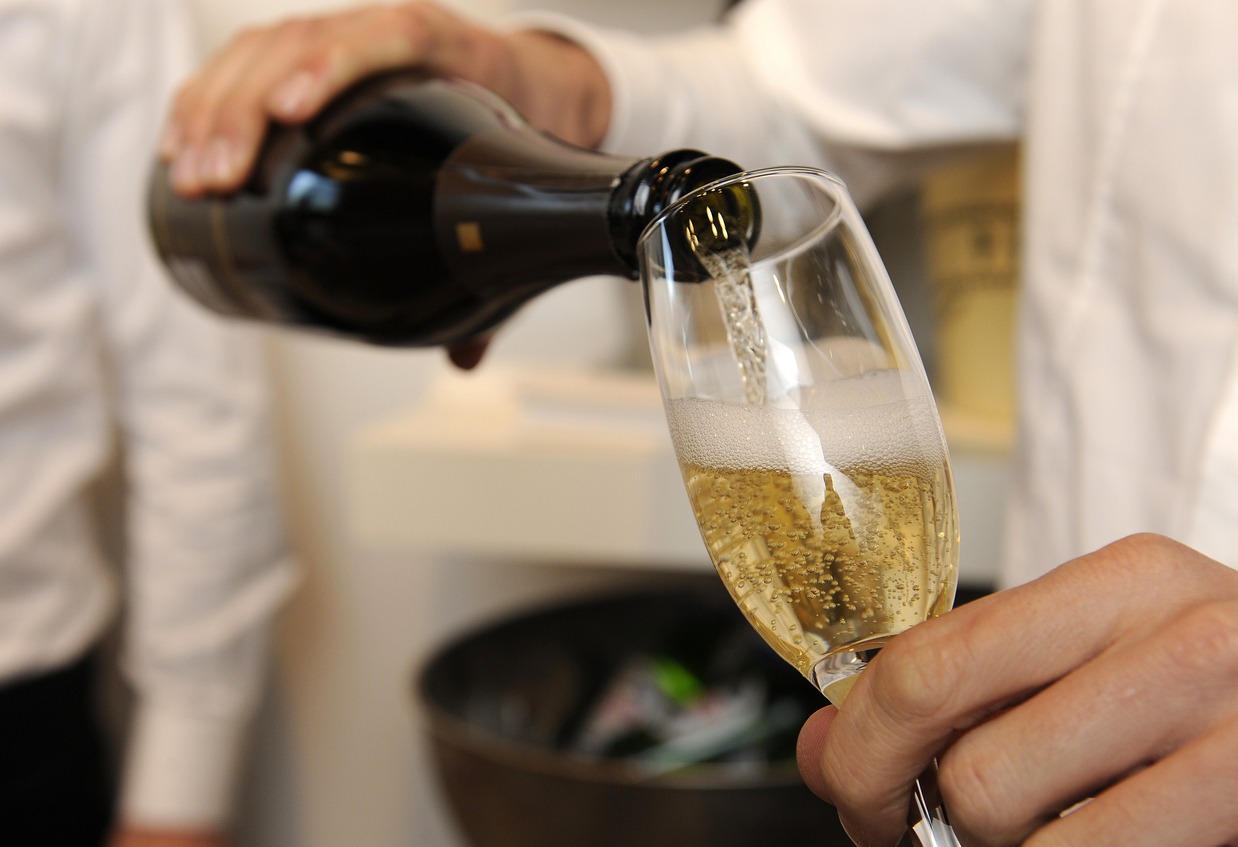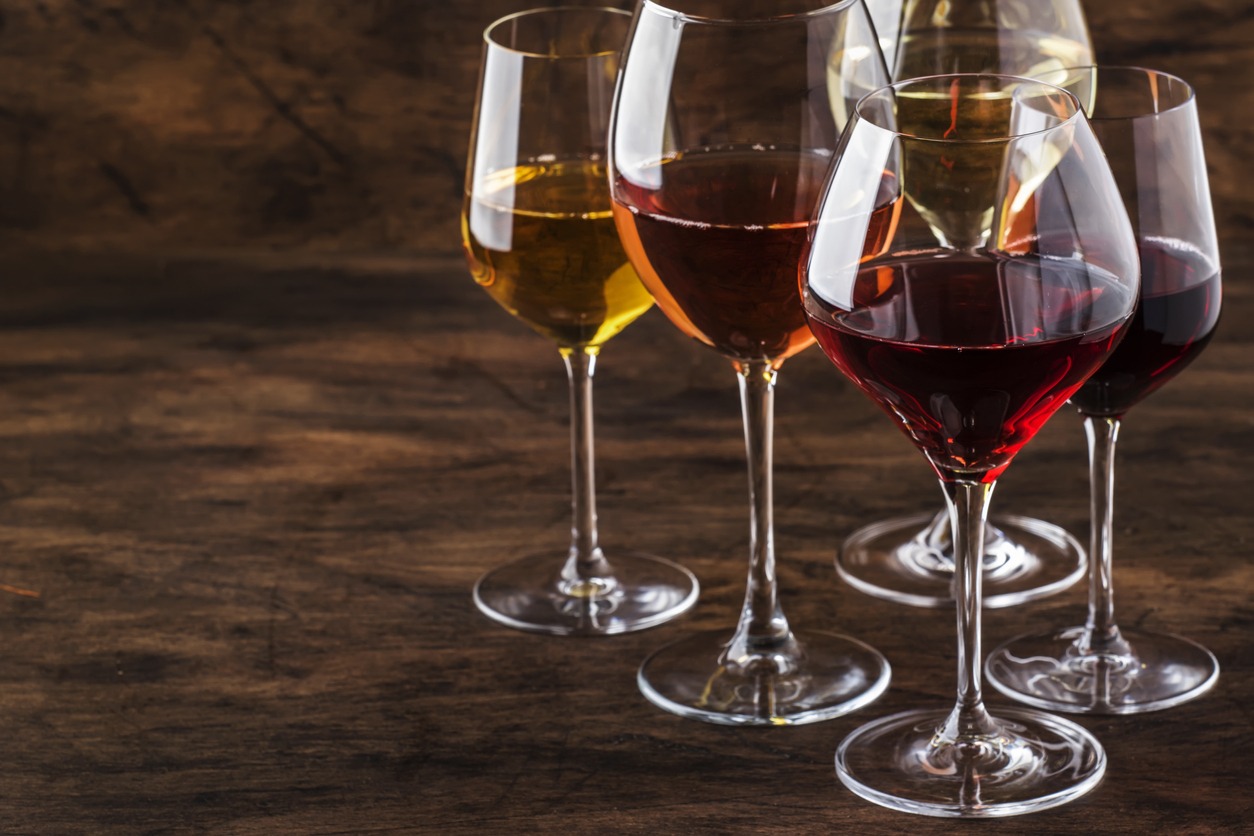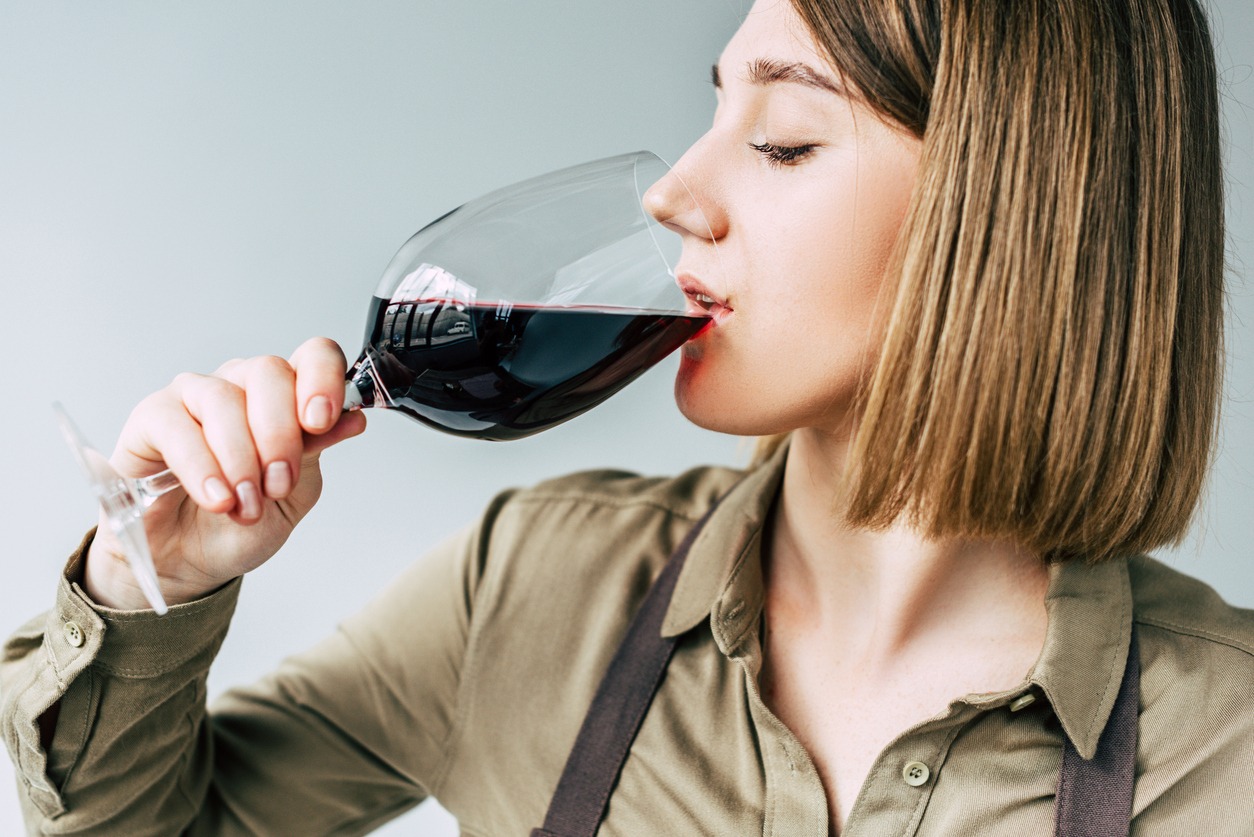In recent years, the wine industry has seen a notable shift towards more health-conscious and responsible drinking choices, giving rise to the popularity of lower-alcohol wines. These wines promise the full spectrum of flavor and sophistication that enthusiasts expect but with a significantly reduced alcohol content. This emerging trend caters to those who seek to enjoy the social and culinary pleasures of wine without the full intensity of traditional alcohol levels.
Lower-alcohol wines offer a unique opportunity to explore a diverse range of flavors and aromas, providing a nuanced drinking experience that prioritizes enjoyment over intoxication. As we delve into the world of these lighter wines, we uncover the potential for a more inclusive and accessible wine culture, where the focus shifts from the buzz to the bouquet.
The Rise of Lower Alcohol Wines
The ascent of lower-alcohol wines can be attributed to a significant shift in consumer preferences towards healthier and more responsible drinking habits. Modern consumers, particularly those of younger generations, are increasingly prioritizing their health and wellness, leading them to seek out alternatives that align with a more mindful lifestyle. This growing health consciousness has spurred demand for wines that offer the pleasure and complexity of traditional wines but with a fraction of the alcohol content.
Health and Wellness Trends
The health and wellness movement has had a profound impact on the food and beverage industry, with wine being no exception. Consumers are now more informed about the effects of alcohol on their bodies and are looking for ways to enjoy wine without compromising their health goals. Lower-alcohol wines, with their reduced calorie count and lower potential for next-day regrets, cater perfectly to this demand. This trend is further bolstered by fitness enthusiasts and those following specific dietary regimens who still want to partake in social drinking occasions.
Technological Advancements in Winemaking
Advancements in winemaking techniques have also played a crucial role in the rise of lower-alcohol wines. Winemakers now have more tools and methods at their disposal to control the fermentation process and alcohol content more precisely. Techniques such as early harvesting, specialized yeast strains, and alcohol removal processes enable the production of high-quality wines that maintain their flavor profile and aromatic complexity, even with reduced alcohol levels.
The Social Aspect of Drinking
The social dimension of wine drinking is evolving, with a growing emphasis on inclusivity and moderation. Lower-alcohol wines offer a solution for those who wish to partake in social gatherings and enjoy the communal aspect of wine drinking without the side effects of higher alcohol consumption. This trend is particularly appealing in settings where alcohol is a central feature but where participants also value awareness and control, such as dinner parties, networking events, and family gatherings.
The Future of Wine Consumption
The rise of lower-alcohol wines is indicative of a broader change in the wine industry and consumer behavior. As more people seek balance and moderation in their lifestyles, the demand for these wines is expected to continue growing. This shift presents an opportunity for winemakers to innovate and expand their offerings, potentially leading to a more diverse and health-conscious wine market in the future.
The rise of lower-alcohol wines reflects a confluence of health trends, technological advancements, and changing social norms. As this category continues to grow, it promises to broaden the appeal of wine, making it accessible to a wider audience seeking quality, flavor, and enjoyment without the higher alcohol content.
Understanding Lower Alcohol Wines
Lower-alcohol wines are redefining the traditional wine experience, offering a nuanced alternative for those seeking the rich flavors and aromas of wine with less intoxicating effects. These wines, characterized by their reduced alcohol by volume (ABV) content, are crafted to deliver the complexity and depth of traditional wines, making them an appealing choice for a wide range of wine enthusiasts.
Let’s take a closer look at their nature, production process, and how they compare to their higher alcohol counterparts.
What are Lower-alcohol Wines?
Lower-alcohol wines are typically defined as wines with an ABV of 10% or less, which is lower than the average range of 12% to 15% found in most traditional wines. Despite their reduced alcohol content, these wines retain the essential flavors, aromas, and textures that make wine drinking a pleasurable experience. They are often lighter, more refreshing, and can exhibit a diverse range of flavor profiles.
The Winemaking Process
- Early Harvesting: Grapes are picked earlier in the season when sugar levels are lower, naturally leading to lower alcohol content after fermentation.
- Specialized Yeast Strains: Winemakers use yeast strains that convert less sugar to alcohol or that are less efficient at fermentation, resulting in wines with lower alcohol levels.
- Alcohol Removal Techniques: Some winemakers produce wine in the traditional manner and then use techniques like reverse osmosis or vacuum distillation to remove some of the alcohol.
Comparison with Traditional Wines
While some argue that the depth and complexity of wine may be compromised with lower-alcohol, advances in winemaking techniques have enabled the production of lower-alcohol wines that still offer rich and complex flavor profiles. Lower-alcohol wines tend to have a lighter body and a more refreshing texture, which can be particularly appealing in warmer climates or as an accompaniment to lighter meals.
Understanding lower-alcohol wines is essential for appreciating their place in the broader wine landscape. These wines cater to a growing segment of the population seeking a more balanced lifestyle, offering a way to enjoy wine’s cultural and culinary aspects without the higher alcohol content. As the wine industry continues to evolve, lower-alcohol wines stand out as proof of the innovation and adaptability of winemakers in meeting changing consumer preferences.
Examples of Lower Alcohol Wines
Lower-alcohol wines are gaining recognition for their nuanced flavors and lighter profiles, offering a delightful alternative for those seeking quality wines with less potency. This category encompasses a variety of styles and regions, each presenting a unique tasting experience. Here’s a guide to some notable examples of lower-alcohol wines, showcasing the diversity and richness this segment has to offer.
White Wines
- Riesling: Known for its aromatic bouquet and crisp acidity, Riesling can be found with lower alcohol levels, especially those from cooler regions like Germany’s Mosel. These wines often exhibit delicate floral notes and a refreshing minerality, making them a favorite among white wine enthusiasts.
- Muscadet: Hailing from the Loire Valley in France, Muscadet wines are made from the Melon de Bourgogne grape and are revered for their light body, bright acidity, and subtle saline notes. These wines are typically fermented dry and have a relatively low alcohol content, pairing beautifully with seafood.
Red Wines
- Gamay: Best known for producing Beaujolais, Gamay wines are characterized by their vibrant fruit flavors, light tannins, and joyful acidity. With most Beaujolais wines falling into the lower-alcohol category, they offer a juicy and approachable red wine experience that’s perfect for a casual gathering.
- Pinot Noir: While Pinot Noir can vary in alcohol content, those from cooler climates, such as Oregon or Burgundy’s higher elevations, tend to have lower alcohol levels. These wines are celebrated for their elegance, showcasing subtle layers of red fruit, earth, and spice.
Sparkling and Rosé Wines
- Prosecco: This beloved Italian sparkling wine from the Veneto region often features lower alcohol content while delivering lively effervescence and flavors of green apple, pear, and white peach. Prosecco is a festive choice that adds sparkle to any occasion without the heaviness of higher alcohol.
- Rosé Wines: Many rosé wines, especially those from cooler regions like Provence, France, offer a lighter alcohol option. These wines are appreciated for their delicate red fruit flavors, floral notes, and crisp finish, making them a perfect accompaniment to a sunny day or a light meal.
Unique Varietals and Regions
- Txakolina: Originating from Spain’s Basque Country, Txakolina (or Chacolí) is a lightly effervescent, dry white wine with a tangy acidity and low alcohol content. It’s known for its subtle spritz and refreshing citrus and green apple notes.
- Schiava: This light-bodied red wine from Italy’s Alto Adige region is known for its low tannins, moderate acidity, and charming aromas of red berries and almonds. Schiava is an excellent example of a lower-alcohol red wine that doesn’t sacrifice flavor or complexity.
Exploring lower-alcohol wines is a journey through diverse landscapes, varietals, and winemaking traditions. Each bottle tells a story of its origin, grape, and the careful balance achieved by winemakers to deliver a wine that is both light and expressive. Whether you’re a seasoned wine connoisseur or a curious newcomer, lower-alcohol wines offer a delightful way to enjoy wine’s vast spectrum of flavors and styles without the higher alcohol content.
Benefits of Lower Alcohol Wines
Lower-alcohol wines represent a growing movement towards more mindful and health-conscious consumption within the wine industry. These wines, with their reduced alcohol by volume (ABV), offer a myriad of benefits that cater to both the casual drinker and the discerning wine enthusiast. Here, we explore the advantages that make lower-alcohol wines an appealing choice for a diverse audience.
Healthier Lifestyle Choice
Alcohol is calorie-dense, so wines with lower alcohol content naturally contain fewer calories, supporting those who are monitoring their caloric intake for weight management or health reasons. Opting for lower-alcohol wines allows individuals to enjoy the social and culinary aspects of wine drinking while consuming less alcohol overall, aligning with a more health-conscious lifestyle.
Enhanced Drinking Experience
Lower alcohol levels can enhance the perception of a wine’s aromas and flavors, allowing the drinker to appreciate the subtle nuances and complexities of the wine without the overpowering presence of alcohol. With lower-alcohol wines, enthusiasts can savor more glasses over a longer period without the adverse effects of higher alcohol consumption, making for a more extended and enjoyable tasting experience.
Social and Dietary Benefits
Lower-alcohol wines are an excellent option for social occasions, allowing everyone to partake in the celebration without the worry of overindulgence or exclusion due to dietary restrictions. These wines fit well within many dietary frameworks that emphasize moderation in alcohol consumption, such as the Mediterranean diet, making them a versatile choice for health-conscious individuals.
Safety and Well-being
Consuming lower-alcohol wines can help reduce the risk of alcohol-related impairments, promoting safer drinking environments and responsible consumption practices. Lower alcohol consumption is often associated with fewer negative after-effects, such as hangovers, ensuring a more pleasant day following a social event or dinner.
Sustainability and Innovation
Some lower-alcohol wines are produced using sustainable practices that focus on natural winemaking processes and minimal intervention, appealing to environmentally conscious consumers. The demand for lower-alcohol wines is driving innovation within the wine industry, encouraging winemakers to explore new techniques and grape varieties that naturally produce lower-alcohol levels.
Lower-alcohol wines offer a harmonious blend of health benefits, enhanced sensory experiences, and social inclusivity, making them a compelling choice for modern wine consumers. As the wine industry continues to evolve, lower-alcohol wines stand out as a testament to the shifting priorities of consumers who value quality, flavor, and well-being in their wine selections.
How to Enjoy Lower Alcohol Wines
Lower-alcohol wines offer a refreshing and nuanced alternative to traditional wines, providing an opportunity to enjoy the complexity and variety of wine without the higher alcohol content. Whether you’re new to the world of lower-alcohol wines or looking to deepen your appreciation, here are some tips on how to best enjoy these delightful beverages.
Selecting Lower-alcohol Wines
Look for the alcohol by volume (ABV) information on wine labels. Wines with an ABV of 12% or lower are generally considered lower in alcohol. Certain wine regions are known for producing lighter wines. For example, cooler climate regions often produce wines with lower alcohol levels due to the slower ripening of grapes. Don’t hesitate to ask for advice from wine sellers or sommeliers who can guide you towards excellent lower-alcohol options.
Pairing with Food
Lower-alcohol wines often have a delicate balance that can complement a wide range of dishes without overpowering them. Lighter wines pair well with salads, seafood, and chicken, while slightly fuller-bodied, low-alcohol wines can stand up to red meats and spicy dishes. Sparkling lower-alcohol wines can be a great choice for celebrations, adding a festive note without the heaviness of higher-alcohol bubbles.
Tasting and Serving
White and sparkling lower-alcohol wines are best served chilled, while reds can be slightly cooler than room temperature to enhance their freshness. Approach lower-alcohol wines with a mindset focused on savoring the subtleties. Swirl, sniff, and sip slowly to appreciate the full range of flavors and aromas.
Mindful Drinking
Lower-alcohol wines encourage a more mindful approach to drinking, where the focus is on the enjoyment of the wine rather than its intoxicating effects. Even with lower-alcohol wines, it’s important to consume alcohol responsibly and in moderation, ensuring a pleasant experience without overindulgence.
Exploring and Experimenting
Don’t limit yourself to one type or region. Experimenting with different lower-alcohol wines can expand your palate and introduce you to new favorites. Participate in wine tastings that feature lower-alcohol options. This can be a fun way to discover new wines and learn more about the characteristics that make them unique.
Creating Social Moments
Share lower-alcohol wines at gatherings or dinners, offering a welcoming and inclusive option for guests who prefer lighter wines. These wines can be a great companion to outdoor activities, picnics, or casual get-togethers, where the focus is on socializing and enjoying the moment.
Enjoying lower-alcohol wines is about embracing a more balanced and nuanced approach to wine drinking. It’s an invitation to explore a diverse world of flavors and styles, all while supporting a lifestyle that values wellness, moderation, and the simple pleasures of a good glass of wine.
Conclusion
Lower-alcohol wines offer a delightful alternative for those seeking to enjoy the rich tapestry of wine flavors without the higher alcohol content. Whether you’re drawn to these wines for health reasons, a preference for lighter beverages, or the desire to explore new wine territories, lower-alcohol options provide an inclusive and versatile choice. By embracing lower-alcohol wines, enthusiasts can savor the pleasures of wine drinking in a more mindful and health-conscious manner, making every glass a celebration of balance and taste.





